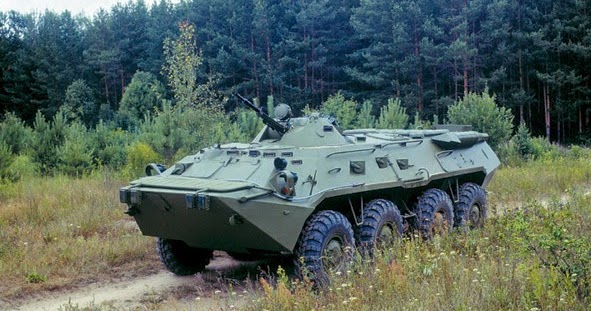I was in Shilo from 76 to 81 while the Germans were there and at the point where they started fielding Milan on their Marders. I had several discussions with various company commanders as to how they would be employing the system. It's worth remembering that at the time they were still a draft army with short terms of service which quite affected how tactically complex and efficient their soldiers could be.
Their primary use of the vehicle mounted Milan in the offence was operating from a bound behind the tanks and providing flank overwatch against possible positions bypassed by the tanks. (the initial missiles were limited in range but good enough for that job)
In the defence, the Marders' Milans would supplement the ground based Milan systems with mobile teams that could work in the gaps, or again, the flanks of the company position to augment but not replace the tanks (especially when some of the tanks were held back in reserve for counterstrike operations). battlefield density was greater in those days. I would think that these days, with lower densities, gaps between battalions and even companies would be greater and require even more security which the Zulu vehicles could provide (in addition to recce and any battalion ATGM platoons).
I agree with you that most IFVs come with guns only but most (many?) are also FF not FW missiles. The Lynx for example is FF optional Spike LR2 or even UAV launchers which allow the vehicle to reach out and touch someone at ranges far beyond Cold War ranges. While I wouldn't for a minute have any desire to take away comparable dismounted systems, it strikes me that having both a dismounted system with the dismounted defence elements and a more mobile mounted system (which could move away from suppressive fire and to blocking positions), if nothing else, increases, maybe doubles, the available AT fire power of the section/platoon/company.
I take your point about "opportunity costs" but think that the value goes beyond mere self defence. I presume we still study/war game varying organizations, doctrines and TTPs. I know my generation was famous for developing doctrines that we used rigorously in professional training but never actually organized or equipped the force to. From what I can see I suspect that the delta, as between the way we are and the way developing doctrine says we should be, has widened considerably. If there is one lesson I'm taking away from Ukraine it's that those folks that have and use modern anti armour systems (missiles, UAVs, loitering, what have you - oh! and artillery) in the defence, will seriously degrade attacking forces. Adding a missile capability to existing vehicles may be more expensive then a ground based one (but at the same time is relatively inexpensive in that the vehicle and its crew already exist) and provides the section and hence the platoon and company, with more firepower and flexibility.
I certainly agree that if this needs phasing, and it will, then start with what you suggest.








